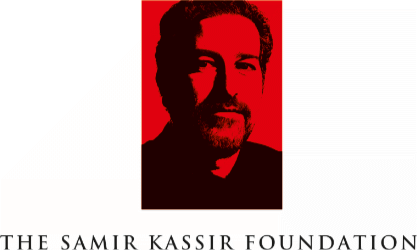Online
As of 2016, there were 4.5 million Internet users in Lebanon (75.9% of the population). As a result, online media and news in Lebanon have grown massively. According to the Arab Media Outlook 2009–2013 report, 23% of Lebanese people read news online more than five times a week, whilst 40% do so between one and four times a week, and 37% four times a month or less.
Locally created news outlets are among the most popular online: Lbcgroup.tv and Aljadeed.tv being two examples. According to the Effective Measure report based upon data collected from 11,937 people active online during September 2016, Lbcgroup.tv proved the most popular with an audience of 1.2 million during the month. Lebanon24 and Tayyar.org were 2nd and 3rd respectively.
With the introduction of the Internet, user-generated content was accompanied by a wave of bloggers, citizen journalists and media-literate people who were seeking change in the Lebanese media. The latest political turmoil in the country – the 2015 summer of popular demonstrations – was heavily covered by bloggers who published reports about corruption, while demanding reform and stability – all this through their independent online outlets (Farha, Nasr, Karam, Trad, 2018).
As of 2017, there are 3.4 million Facebook users and 1.3 million Instagram users in Lebanon. Facebook penetration is very high - over 50% in 2016, whereas other social media, such as Twitter, had a penetration of below 2%.
The top news websites in Lebanon belong to, or mirror, the same political parties that own the country’s traditional media. The same political agendas reflected in traditional media also exist online. Thanks to digitization, Lebanon’s residents have access to a variety of news platforms, from 24-hour cable and satellite channels to Internet sites and text message services. But this wide range of available media outlets does not translate into a greater plurality of opinions. Many new sources simply replicate the voices expressed through traditional media.
Sources
Dennis, E., Martin, J., & Wood, R. (2017). Media use in the Middle East, 2017: A seven-nation survey. Northwestern University in Qatar.
Trombetta, L. (2018). Lebanon – Media Landscape. Accessed on October 15, 2018
Facebook and Instagram user demographics in Lebanon (2017). Accessed on October 15, 2018
Farha, GN., Nasr EY., Karam LY., Trad. SE. The Impact of Digital Blogosphere on Lebanese Journalism: Continuity or Substitution? International Journal of Social Sciences and Education. Volume 8 Issue 2, April 2018. . Accessed on November 26, 2018.













